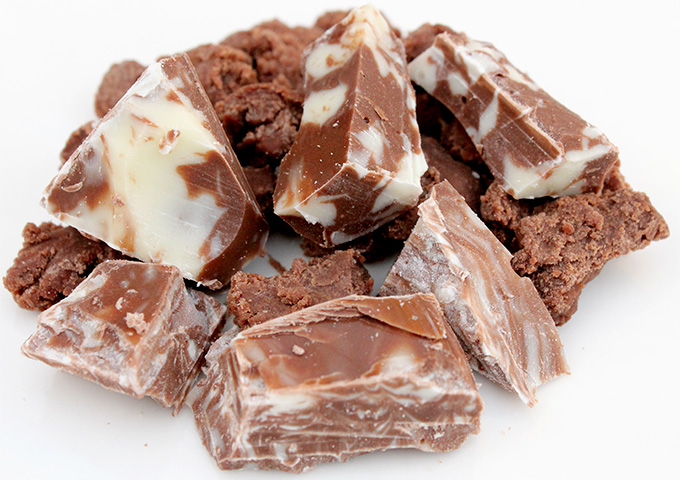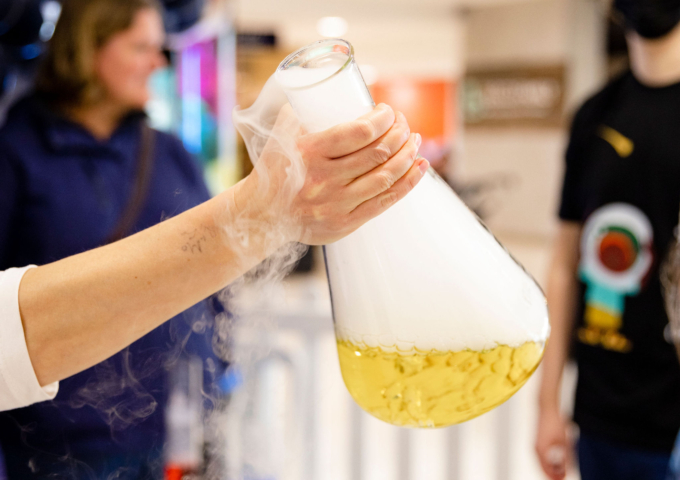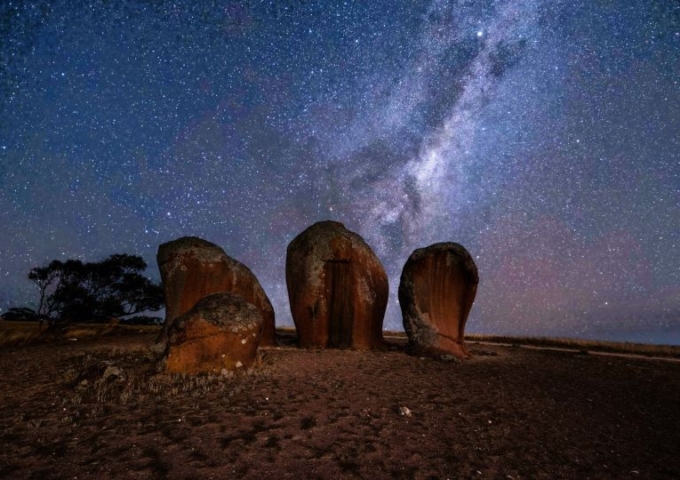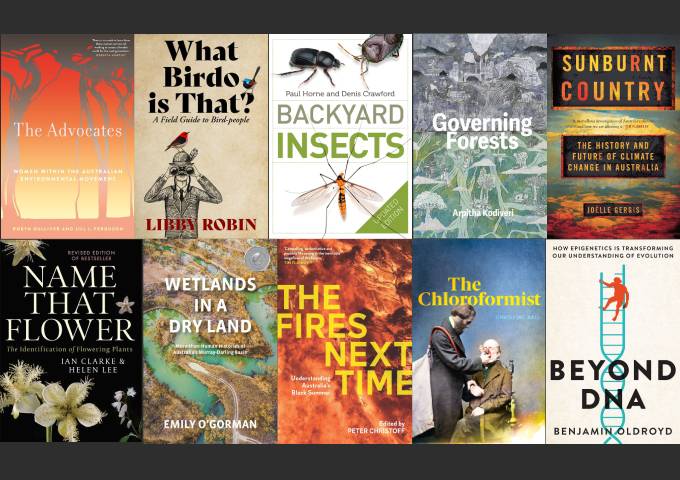
What you need:
- chocolate melts* (milk and white)
- 3 microwave safe containers and a microwave
- metal spoon, toothpick, sharp knife, chopping board
*melts are made from compound chocolate, not real chocolate. Real chocolate can be used for this activity but it may not set as well as it needs to be ‘tempered’ in order to set.
What to do:
- Break the chocolate into small pieces by crushing it with the back of the spoon.
- Layer the pieces of milk and white chocolate in the three containers.
- Sedimentary rock: In the first container, use the spoon to squash down on the chocolate until it sticks together.
- Metamorphic rock: Place the second container of chocolate in the microwave and heat it on HIGH in 10 second bursts. Use the spoon to squash down the chocolate after each burst. Continue until the chocolate just starts to melt.
- Igneous rock: Place the third container of chocolate in the microwave and heat it on HIGH in 10 second bursts. Stir the chocolate gently with the toothpick after each burst. Continue until the chocolate has completely melted.
- When set, use a sharp knife and chopping board to chop the chocolate roughly into rock shapes.
Saftey note: Be careful when handling melted chocolate and using the sharp knife.
What’s happening?
Sedimentary rock forms when pieces of rock are squashed together. An example of sedimentary rock is Uluru in the Northern Territory which is made from a type of sandstone called ‘arkose’.
Metamorphic rock forms underground when rocks are squashed and heated, like the colourful jasper deposit in the WA town of Marble Bar. The town was incorrectly named “Marble Bar” instead of “Jasper Bar”, however marble is also a metamorphic rock.
Igneous rock is cooled molten rock, such as the dolerite columns seen in Cradle Mountain in Tasmania.






